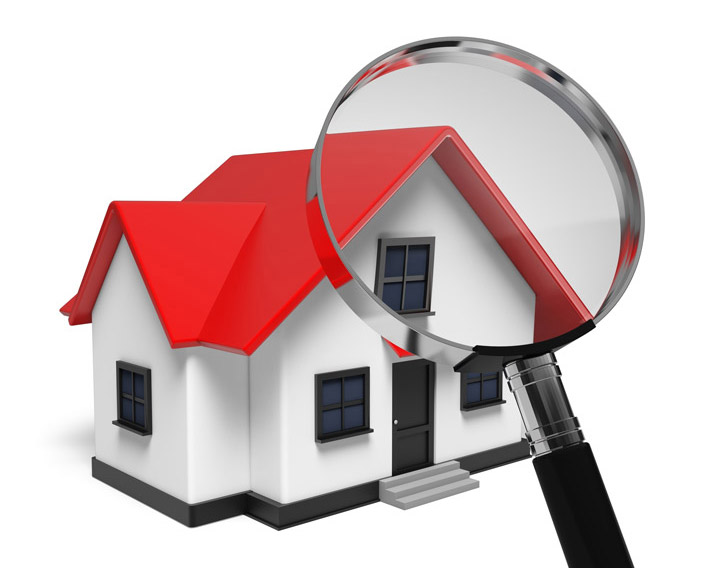
Understanding AppraisalsA home purchase is the most serious investment many might ever make. Whether it's where you raise your family, an additional vacation home or a rental fixer upper, purchasing real property is a detailed financial transaction that requires multiple people working in concert to pull it all off. Most people are familiar with the parties having a role in the transaction. The real estate agent is the most recognizable person in the exchange. Next, the bank provides the financial capital necessary to fund the deal. And ensuring all aspects of the transaction are completed and that the title is clear to transfer from the seller to the buyer is the title company. So, who makes sure the value of the real estate is in line with the amount being paid? In comes the appraiser. We provide an unbiased opinion of what a buyer might expect to pay — or a seller receive — for a property, where both buyer and seller are informed parties. A licensed, certified, professional appraiser from DeMoss Residential Appraisals will ensure, you as an interested party, are informed. The inspection is where an appraisal beginsTo ascertain the true status of the property, it's our responsibility to first complete a thorough inspection. We must actually view aspects of the property, such as the number of bedrooms and bathrooms, the location, and so on, to ensure they really are there and are in the shape a typical person would expect them to be. To ensure the stated square footage has not been misrepresented and describe the layout of the property, the inspection often includes creating a sketch of the floorplan. Most importantly, the appraiser looks for any obvious features - or defects - that would affect the value of the property. Back at the office, an appraiser uses two or three approaches to determining the value of real property: a paired sales analysis, a replacement cost calculation, and an income approach when rental properties are prevalent. 
Replacement CostThis is where the appraiser analyzes information on local construction costs, labor rates and other factors to calculate how much it would cost to replace the property being appraised. This value commonly sets the maximum on what a property would sell for. It's also the least used method. 
Sales ComparisonAppraisers get to know the communities in which they appraise. They innately understand the value of certain features to the people of that area. Then, the appraiser researches recent sales in close proximity to the subject and finds properties which are 'comparable' to the real estate at hand. Using knowledge of the value of certain items such as fireplaces, room layout, appliance upgrades, additional bathrooms or bedrooms, or quality of construction, we adjust the comparable properties so that they are more accurately in line with the features of subject.
An opinion of what the subject could sell for can only be determined once all differences between the comps and the subject have been evaluated. When it comes to putting a value on features of homes in Watonga and Blaine, DeMoss Residential Appraisals can't be beat. This approach to value is usually awarded the most consideration when an appraisal is for a home sale. Valuation Using the Income ApproachIn the case of income producing properties - rental houses for example - we may use an additional approach to value. In this case, the amount of revenue the property generates is factored in with other rents in the area for comparable properties to derive the current value. ReconciliationExamining the data from all approaches, the appraiser is then ready to put down an estimated market value for the property in question. The estimate of value at the bottom of the appraisal report is not always what's being paid for the property even though it is likely the best indication of what a property is worth. Depending on the individual circumstances of the buyer or seller, their level of urgency or a buyer's desire for that exact property, the closing price of a home can always be driven up or down.But the appraised value is typically employed as a guideline for lenders who don't want to loan a buyer more money than they could get back in the event they had to put the property on the market again. It all comes down to this, an appraiser from DeMoss Residential Appraisals will guarantee you get the most accurate property value, so you can make profitable real estate decisions. |